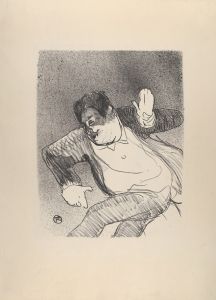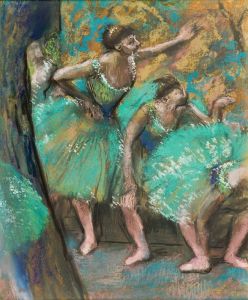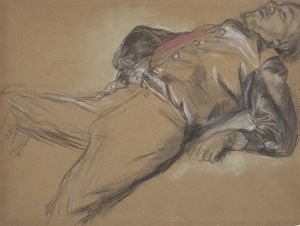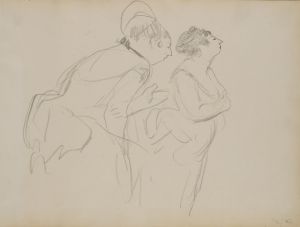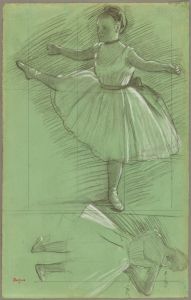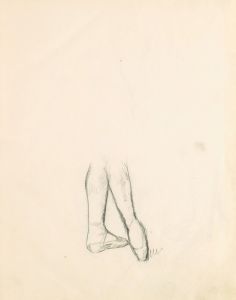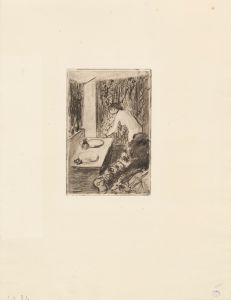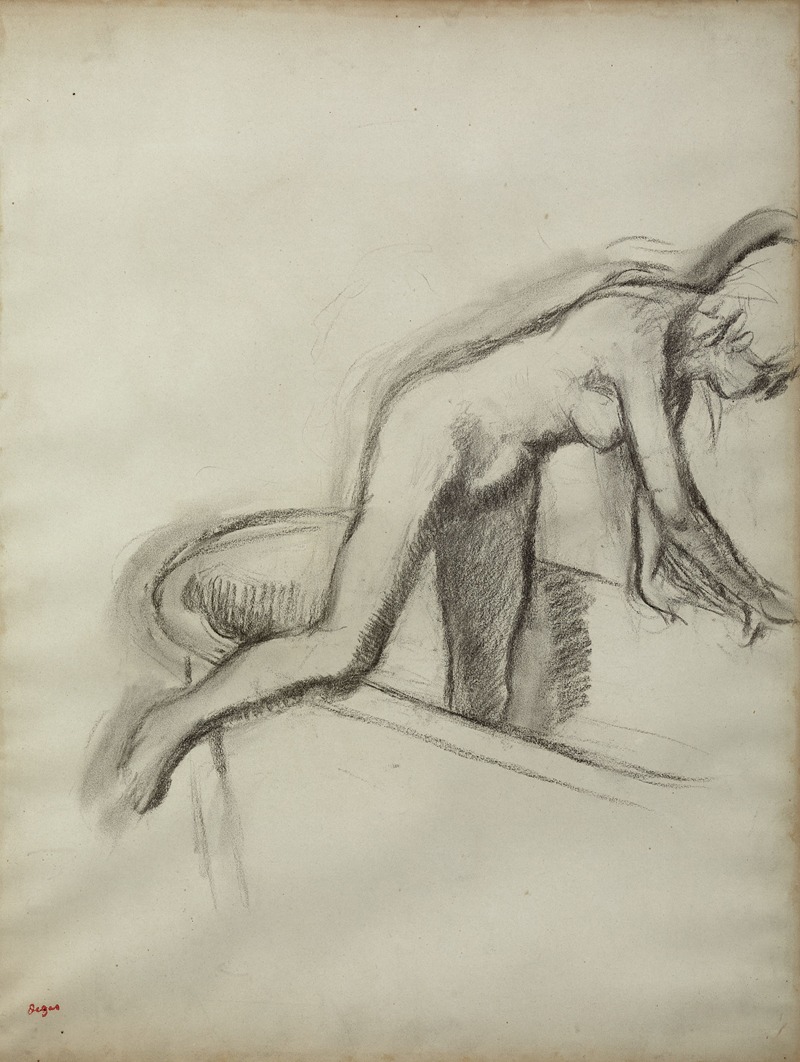
Le Bain
A hand-painted replica of Edgar Degas’s masterpiece Le Bain, meticulously crafted by professional artists to capture the true essence of the original. Each piece is created with museum-quality canvas and rare mineral pigments, carefully painted by experienced artists with delicate brushstrokes and rich, layered colors to perfectly recreate the texture of the original artwork. Unlike machine-printed reproductions, this hand-painted version brings the painting to life, infused with the artist’s emotions and skill in every stroke. Whether for personal collection or home decoration, it instantly elevates the artistic atmosphere of any space.
"Le Bain" (The Bath) is a pastel drawing created by the French artist Edgar Degas around 1886. Degas, known for his masterful depictions of dancers, bathers, and everyday scenes, was a prominent figure in the Impressionist movement, although he preferred to be called a realist or independent artist.
"Le Bain" is part of a series of works by Degas that focus on women in intimate, private moments, particularly during their bathing routines. This series reflects Degas's interest in capturing the natural, unposed movements of the human body. The pastel medium allowed him to achieve a delicate balance of color and texture, which is evident in the soft, yet vibrant, rendering of the subject's skin and the surrounding environment.
The composition of "Le Bain" is characterized by its informal, almost voyeuristic perspective. The viewer is positioned as if peeking into a private moment, a common theme in Degas's work. The woman in the drawing is depicted in a natural, unguarded pose, emphasizing the artist's focus on realism and the beauty of everyday life. The use of pastel gives the work a sense of immediacy and intimacy, with the soft lines and blended colors creating a lifelike representation of the scene.
Degas's technique in "Le Bain" showcases his skill in capturing light and shadow, as well as his keen observation of human anatomy. The interplay of light on the woman's skin and the subtle gradations of color highlight the contours of her body, adding depth and dimension to the drawing. The background is rendered with less detail, drawing attention to the central figure and enhancing the sense of privacy and seclusion.
The subject matter of "Le Bain" reflects the broader themes in Degas's oeuvre, including his fascination with the female form and his interest in depicting modern life. Unlike many of his contemporaries, Degas often chose to portray women in moments of solitude and introspection, rather than in traditional, idealized poses. This approach was both innovative and controversial, challenging the conventions of academic art and offering a more candid, authentic view of his subjects.
"Le Bain" is housed in the Hill-Stead Museum in Farmington, Connecticut. The museum's collection includes several works by Degas, providing a comprehensive view of his artistic development and contributions to the art world. The drawing is considered an important example of Degas's mature style and his mastery of the pastel medium.
In summary, "Le Bain" by Edgar Degas is a significant work that exemplifies the artist's skill in capturing intimate, everyday moments with realism and sensitivity. Through his use of pastel, Degas creates a lifelike and evocative portrayal of a woman at her bath, highlighting his innovative approach to depicting the human form and modern life.








